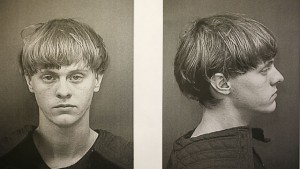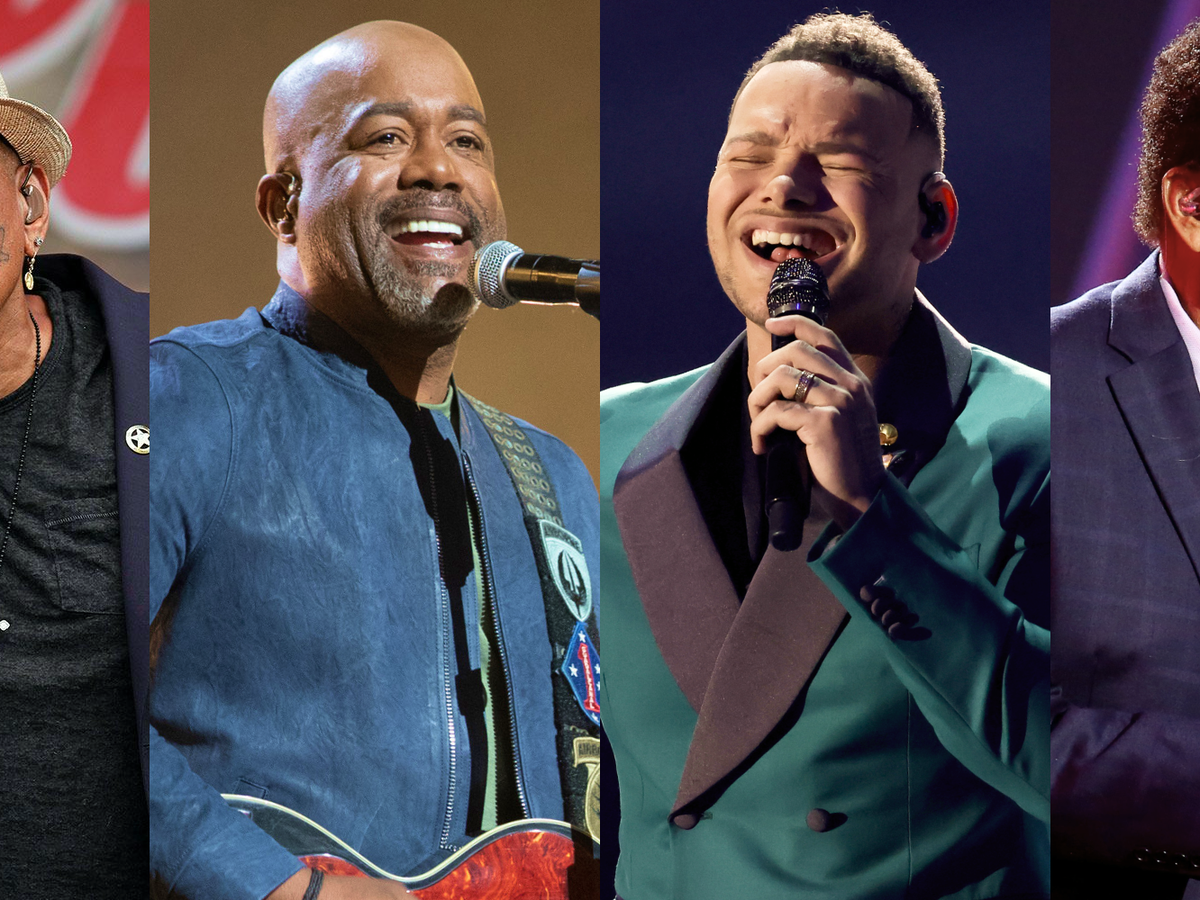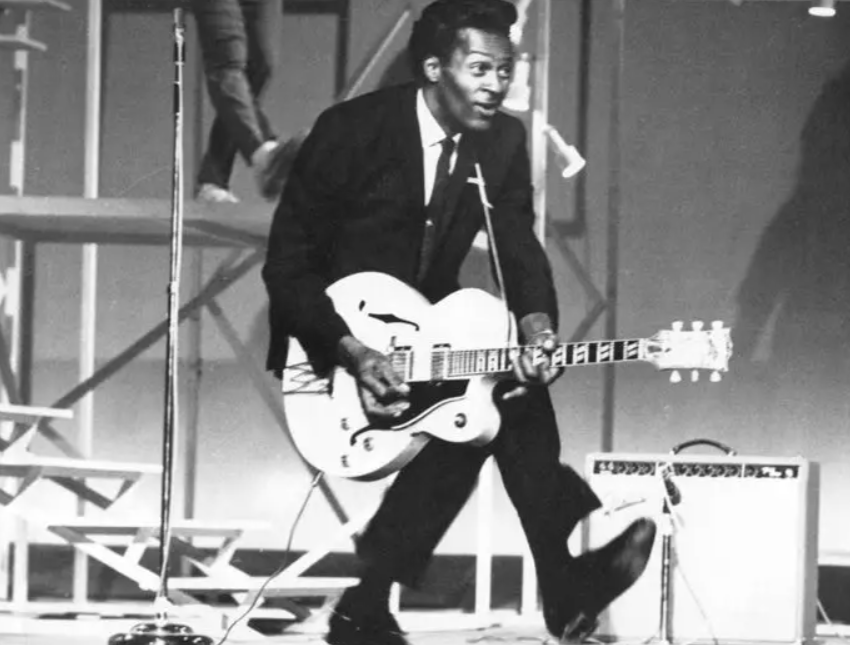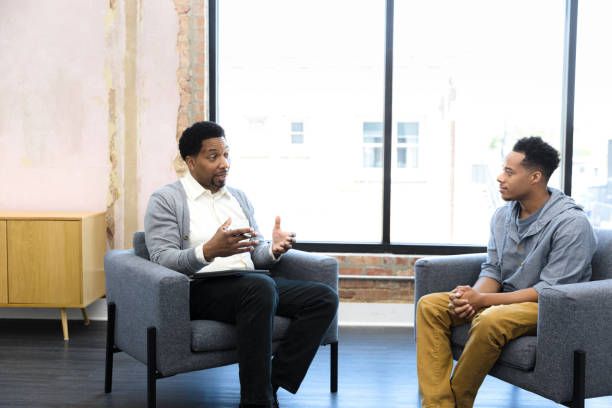(ThyBlackMan.com) “I am here to kill black people.”
Last week 9 innocent black souls were savagely gunned down in a house of worship. It wasn’t just any house of worship. To the African Methodist Episcopal Denomination as well as countless other houses of faith it has reverently been called Mother Emanuel because of its long, illustrious history in the community. Sadly this is not the first racially charged tragedy that it has had to endure.
“I am here to kill black people.”
In 1822 the church was investigated for its involvement in the Denmark Vesey slave rebellion. Vesey, a slave from the Virgin Islands and one of the church’s original founders, had come to the Charleston area as the slave of Captain Joseph Vesey around 1783. In 1822 Vesey had decided that it was time for slaves to revolt, so he began planning a slave rebellion. The authorities were notified of his plans, undoubtedly by a slave informant, and mass hysteria amongst white citizens of the area ensued.
“I am here to kill black people.”
Violent white mobs eventually burned down the original church building, the oldest AME congregation in the south. It wasn’t until 1872, a mere 7 years after the signing of the Emancipation Proclamation which effectively ended chattel slavery, that the new church was rebuilt on its current site.
“I am here to kill black people.”
At a Wednesday evening prayer meeting, 9 souls united in faith welcomed a young white man, a person whose history in this country had never intersected theirs at the same point of humiliation of institutionally enforced racial separation. Theirs had never met standing in line at the local county registrar of voters, whose sole job it was to prevent black people from voting. The members of that

church who showed up that night had never crossed paths with the benefactor of white privilege. Instead he was welcomed in and took a seat alongside them. By all accounts they were hospitable with him, almost to the point of convincing him to not follow-thru. They had no idea of the evil that dwelt among them.
“I am here to kill black people.”
The attempt to reframe this tragedy as being committed by someone who was simply insane has been in full swing once the base rawness of this tragedy came to light. The mere fact that he left a survivor to “be able to tell the world what they saw,” shows the terrible, twisted result of when hate is not only allowed to incubate but also flourish.
“I am here to kill black people.”
Many apologists, both white and black, have tried to dismiss this as an isolated event, saying that this attack was motivated by something other than the very words of the violent attacker. Those often unsophisticated and uninformed voices claim that he suffered from some form of mental illness. Well, in addition to the American Psychiatric Association long ago disregarding the notion that racism is a mental illness, racial violence against the black community has an undeniably long and violent historical antecedent in this country. The tentacles of the morally repulsive ideology of white superiority have plagued the black community for as long as we’ve occupied this land.
“I am here to kill black people.”
Ultimately the only reason that so many voices are trying to re-write the narrative of this is because if they didn’t it would open the larger conversation of white privilege and institutionalized discrimination. None of them would dare be willing to accept the reality that, in America, because of race, the playing field has never been level. If you admit that you have the complexion for the protection, quoting the legendary comic Paul Mooney, the entire notion of white superiority goes out the window. The black community completely understands the extent to which the dominant culture will go to in order to maintain such a façade.
“I am here to kill black people.”
These black lives that were taken so senselessly join the chorus of countless others. For a community where death has become ever so present the sanctity of life itself is under attack and badly bruised. However, one thing about the black community that has never changed is its resilience. No matter what message is attempting to overtake the truth, no matter what camp it’s coming from, in the end justice will prevail. But it’s going to take work.
“I am here to kill black people.”
More so than ever the prophetic words of Dr. Martin Luther King Jr. echo an underlying sentiment that still ring true. “How long,” he rhetorically asked on the steps of the state capitol in Montgomery, AL after successfully marching from Selma. “Not long,” he answered back, “because the arc of the moral universe is long, but it bends towards justice.”
Staff Writer; Steven Robinson
May also visit this talented writer over at; http://noroomtowiggle.wordpress.com/.




















Black privilege manifests itself in numerous forms:
## Blacks have the right to take pride in their race. Whites don’t.
## Blacks can never be racist. Whites are always racist, even if they don’t try to be.
## Blacks get to play the race card. Whites don’t.
## Blacks never have to feel guilty about being black. Whites are trained to feel guilty about being white.
## Blacks have the right to make blacks only organizations like the Black Student Union and the Congressional Black Caucus. Whites don’t.
## Blacks have the right to never take responsibility for their own actions. Anything bad which happens to a black person can be blamed on racism or white people. Whites have to take responsibility and apologize for their actions.
## Rich black people have a right to be rich. Rich white people don’t.
## Black people have the right to demonize white people. White people don’t have the right to demonize black people.
## Black people are excused when they are prejudiced against white people. White people are never excused for prejudice against black people.
## Black people are a “protected class.” White people are not.
## Violent crimes by whites on blacks are “hate crimes.” Violent crimes by blacks on whites are just “random” crimes.
## Blacks have the right to affirmative action and minority set-asides. Whites have to earn their positions.
## Blacks are “cool.” Whites are “squares” and “rednecks.”
## Blacks have the right to say words like “nigger,” which whites are never allowed to use. They have the right to incessantly repeat the word “nigger” in front of white people, to intimidate them and keep them in their place.
##Blacks can make the most racially insensitive comments and, more often than not, no one blinks twice. They are allowed to insult others without repercussion.[1]
##Blacks can spend their rent money on designer handbags and then complain about how they don’t have the same economic opportunities as everyone else. And they get away with it.[2]
## Black men are sexual supermen. White men are sexually inadequate. Black men have huge penises. White men have small, inadequate penises.
## Blacks have “civil rights”. Whites don’t.
## Blacks are in prison because of racism. Whites are in prison because they’re criminals.
## Black jury members have the right to acquit criminals, if they’re black.
## Blacks have the right to put a halt to any policy, statement, symbol, statistic, outcome, word or expression they find offensive. Whites have no such rights.
## Blacks are morally superior to whites.
## “[Blacks] enjoy cultural cache around the world as victors over oppression and the hard reality of what that looks like at this point in world history. The music that they enjoy, the clothes that they wear, their very mannerisms carry a certain amount of gravitas.”[3]
## Blacks can assign collective racial guilt to “you white folks.” White people cannot do the reverse because that would be racist.
## White people everywhere, and at all times, bear guilt for the crimes of a minority of white people in the past (e.g., slave owners, Adolf Hitler). Making blacks bear guilt, as a race, for the despicable crimes of their criminal minority is stereotyping, racist, and an insult to reason; after all, no one should ever be blamed for the acts of some unrelated person.
## Blacks have “black culture.” Whites are not allowed to have white culture.
## African-American studies is a celebration of blackness and black culture. Whiteness studies is a demonization of white people and white culture.
## White people need to undergo diversity/sensitivity training. Black people don’t.
## “… any generalization–favorable or unfavorable–about any minority that someone does not like is by definition “racist” and deserves to be suppressed–as long as it is said by a white person. Black diversity consultants, in contrast, can parade, without a shred of empirical evidence, the grossest racial and ethnic stereotypes with virtual impunity.”[4]
## It’s racist to point out racism by blacks. It’s never racist to point out racism by whites.
## Whites have to walk on eggshells around blacks. Blacks don’t give a shit what whites think.
## Blacks have the right to riot and commit violent acts in response to perceived grievances. White people have to obey the law at all times.
## Blacks have the right to never be portrayed as criminals or lowlifes in films or on TV. Bad guys on the screen must always be White.
## Blacks have the right to never be ridiculed, mocked, belittled or laughed at. Whites have no such right.
## Black criminals have the right to have their race censored in media reports.
## Facts which cause blacks embarrassment or cast them in a bad light must be suppressed. Facts which cause whites embarrassment or cast them in a bad light are reported as is.
## Blacks can silence and intimidate whites by calling them racist. Whites can’t silence and intimidate blacks because that would be racist.
## Forcing whitey to apologize shows black power and clout. Whites can never force blacks to apologize because that would constitute a lynching.
## Whites are held to a system of ‘sensitivity’ requirements that do not apply to blacks.
## “Whites are monitored, pestered, and punished for preposterous reasons–for a look, for an innocent word, for wearing a T-shirt, for expressing a plausible argument–but blacks can say almost anything with perfect impunity.”[5]
## “In discussions of race between black people and white people the conscious black person is always right; is always the ultimate authority on questions having to do with race and racism; must always be regarded as the ‘injured party,’ or the oppressed. . . . [Whites] cannot possibly be expected to be objective about questions of race.”[6]
## Blacks may work for explicitly racial goals but whites may not.
## Blacks are permitted to notice race. Whites are not.
## “It is quite acceptable for either party to explicitly go after the black, Hispanic, or even the Jewish vote. In fact both parties gain an indispensable moral authority by doing so. But it is absolutely verboten for either party, or any white candidate, to appeal to whites as a racial identity group. Racial identity is simply forbidden to whites in America and across the entire Western world. Black children today are hammered with the idea of racial identity and pride, yet racial pride in whites constitutes a grave evil. Say ‘I’m white and I’m proud’ and you are a National Socialist.”[7]
## A black who punches a White person is a hero standing up to oppression. A White person who punches a black is a racist.
## It can be publicly admitted that blacks are superior to Whites in certain pursuits (i.e. basketball). It can never be publicly admitted that Whites are superior to blacks in other pursuits (i.e. winning Nobel prizes in science).
## When blacks are overrepresented in a desirable field, it is due to their abilities. When Whites are overrepresented in a desirable field, it is due to racism. When blacks are overrepresented in an undesirable field, it is due to racism. When Whites are overrepresented in an undesirable field, it is their own fault.
## Most African countries are made up almost entirely of blacks, and have some of the world’s highest birth rates. Most European countries consist of White people having to live alongside blacks and other non-whites, and have some of the world’s lowest birth rates.
I tried to warn every black CHRISTIAN I had contact with that by embracing OBAMA it would result in a curse on your house.
I tried to tell you that OBAMA was in fact a murderer of CHRISTIANS by supporting and arming terrorist in SYRIA to overthrow the ASSAD government.
I also tried to remind them that these were not ordinary CHRISTIANS and that they were the direct descendants to the man you call JESUS THE CHRIST.
THESE CHRISTIANS not only still speak the language of JESUS but the exact same dialect.
SYRIA is also the land where PAUL spent much time and also where JESUS had the sermon on the mount and where his transfiguration took place.
OBAMA has spent the last 5 years destroying the ancient and priceless land and people killing over 200,000 of them, many of these biblical churches have been destroyed their PRIEST have been decapitated and the NUNS were kidnapped and raped.
NOW someone have violated your sanctuary and killed your clergy and you want sympathy.
YOU will get none from me , you are no longer a innocent people you are in fact accomplices in OBAMA’S horrible crimes and you got what you deserved!
AS OBAMA comes to CHARLESTON FRIDAY to stand on the grave of the people who were killed , no doubt to use this killing to further his political agenda, I hope when you people shake his bloody , nasty hands the blood of his innocent victims in SYRIA and LIBYA get’s all over your nice new suits!
http://theafricanspear.com/
@James Davis
Thank you for your very well stated and well thought out plan. I agree with you that we must have a very specific goal. We must HAMMER home the fact that the ideology of white superiority is fraudulent. It has no place in anything resembling truth. Once we get that message in the bone marrow of our people change is inevitable. It’s going to take work but we can do it. I’m very interested in your plan.
THERE IS NO QUESTION THE BODY COUNT IS INCREASING WITH THE CHARLESTON NINE MASSACRE!
This current open struggle we as African Americans are going through starting with standing up for the rights of black men being killed at the hands of white authority figures which begin in Sanford, Florida cannot be dismissed as a discussion about guns as President Obama wants.
Thanks for writing this piece because much of what you espouse here has “a ring of truth” attached to it. Especially when you said this:
“Ultimately the only reason that so many voices are trying to re-write the narrative of this is because if they didn’t it would open the larger conversation of white privilege and institutionalized discrimination. None of them would dare be willing to accept the reality that, in America, because of race, the playing field has never been level.”
My friend, if I can call you friend, movements die due to a lack of having specific objectives. Witness for example “The Ninety Nine Percent” movement which led to occupying Wall Street. Their objectives were vague and now we hear nothing of them. Because most police departments are acquiescing to body cameras and are agreeing to various ways of weeding out rogue and racist cops, without specific objectives beyond these initiatives, “The Black Lives Matter” movement which started after Trayvon Martin’s killing in Sanford may meet the same fate as “The Ninety Nine Percent” movement.
If the deaths of those killed leading up to Charleston and the deaths of “the Charleston Nine,” are to have meaning, we as African Americans and people of freedom (whites and others who want to join us)must coalesce around a strategy that will lend to or produce the “level playing field” that you pointed out. We must be specific in our objectives if we are to have such an outcome. I have long advocated this! It is not enough to have a conversation about racism! Fighting to bring down the black unemployment rate and economic empowerment are my priorities. Why nothing will bring back the lives of those who have gone on, honoring their deaths with an outcome which lends to or levels the playing fields is the least that we the living can do.
https://thyblackman.com/2015/04/21/job-creation-a-priority-of-americans-is-doable-right-now-part-i/
https://thyblackman.com/2015/04/23/job-creation-a-priority-of-americans-is-doable-right-now-part-ii/
Here is what Republicans will do with the 10%. Either the 10% is used by current and future retirees to create jobs or it defaults to one-percent!
http://www.huffingtonpost.com/rj-eskow/is-jebs-social-security-f_b_7489698.html
Thank you.